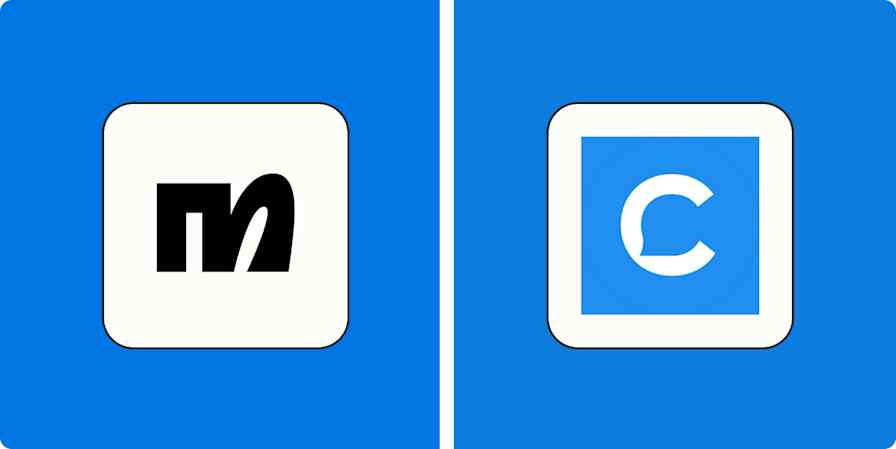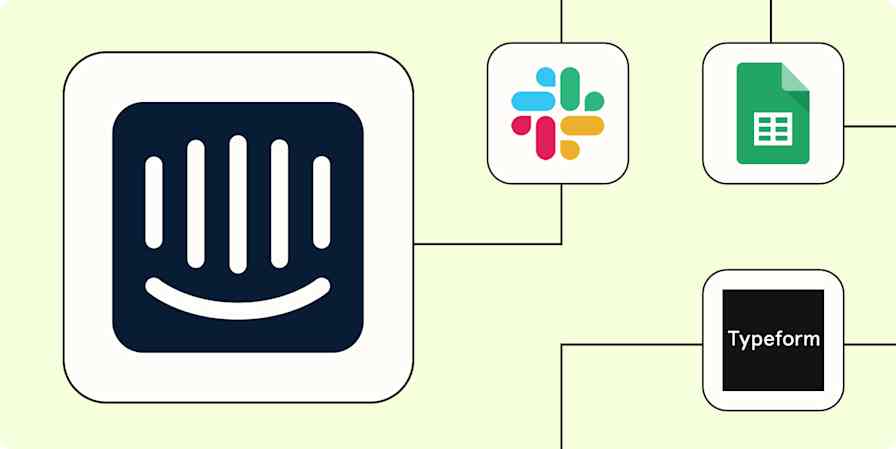Business tips
6 min readHow to build an effective customer support knowledge base
Help your customers succeed with support documentation.
By Melissa King · April 29, 2022

Get productivity tips delivered straight to your inbox
We’ll email you 1-3 times per week—and never share your information.
tags
Related articles
Improve your productivity automatically. Use Zapier to get your apps working together.








